Services
Prime Costa Mesa Water Damage Restoration
Water Damage Restoration
Water Extraction
This is often done using a wet vac, a specialized vacuum designed to remove surface water, or with pumpers to pull large quantities of water out of the home and into tanks or drains.
Drying of the Structure
This is often done with the help of industrial sized air blowers. Floor models will be focused on carpeting or floor areas, and still others will be mounted on stands or sawhorses to dry out walls and ceiling areas.
Dehumidifying
The industrial dehumidifiers used in this type of repair and restoration project are the most important weapon in the arsenal. Mold and mildew will not be able to grow if the humidity level in an area is kept around 50%.
Disinfecting and Salvaging
Any items that are made out of a porous material, like curtains, carpeting, and bedding that have not already been taken out of the home are now brought out, checked for damage, and if salvageable, washed, disinfected and deodorized. This goes for furniture, as well. Any item left with even the slightest trace of moisture or dirt within it has the chance of growing mold and mildew later on.
Remove Mold
Crawlspaces and basements are notorious for spontaneous mold growth following a flood. Before a structure can be declared livable, every inch of it has to be checked for mold and mildew, and if found, must be eradicated following state statutes of pollution control.
Deodorizing all Ambient Air
The final step in water damage restoration is to seal off the structure, and use air scrubbers to completely deodorize the air trapped within it. No one can see all the contaminants that a flood can bring into a home, especially in the air. The scrubbers will remove all traces of mold, mildew, dirt and bacteria from the air, eject it through controlled vents, purifying the entire home for use once more.
